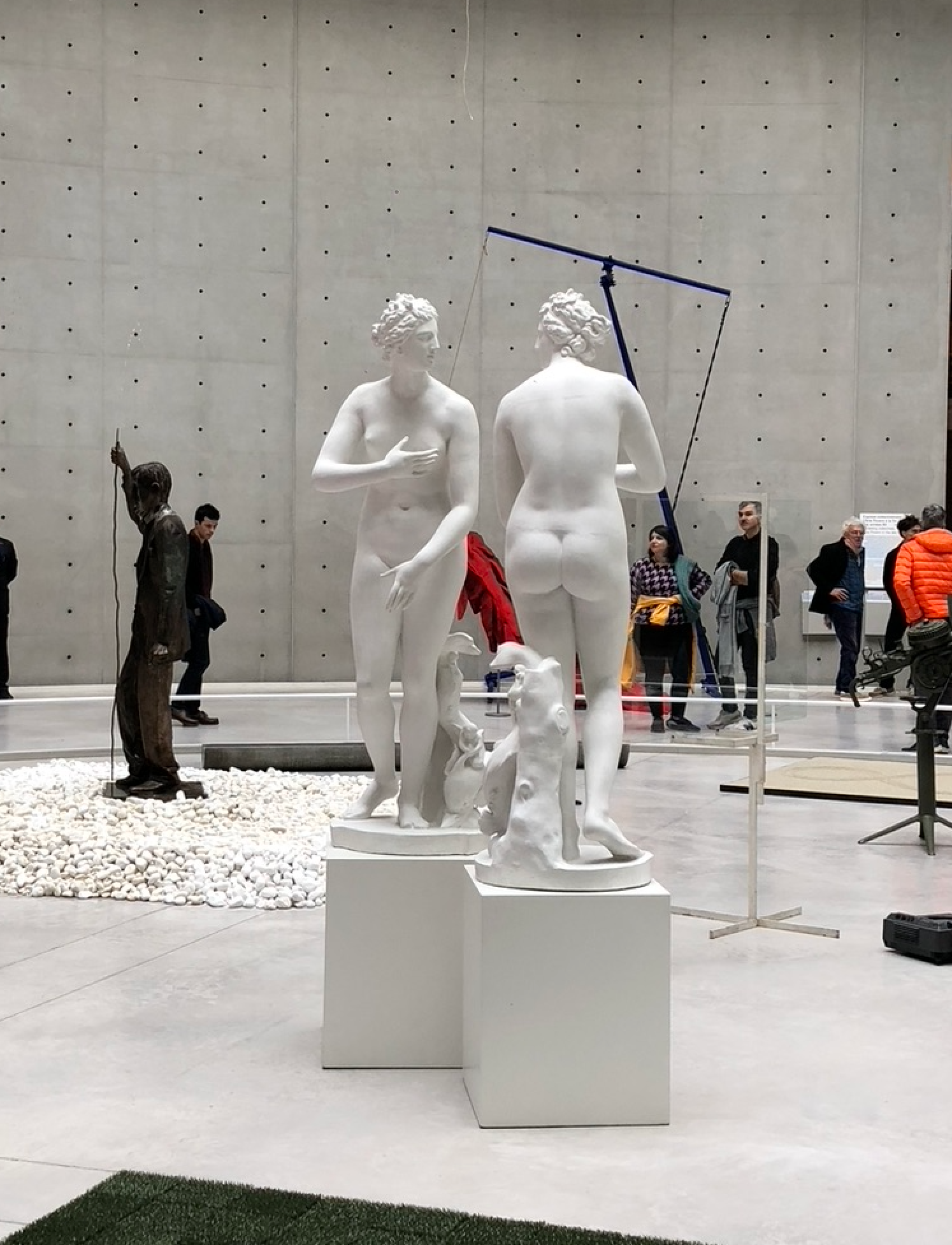CYBERPUNK - BEAUTY OF THE POST-HUMAN BODY
Fashion always reflects the time it appears and communicates society and individuals' relationships. The cyberpunk movement emerged in the 80s through popular culture, sci-fi movies, and books. Manifests are epic sci-fi movies Blade Runner (Ridley Scott, 1982) and The Matrix (Wachowski brothers 1999), also the book Neuromancer (Gibson, 1984). The main idea of cyberpunk aesthetics is integrating and modifying the body through technology because cyberspace and artificial intelligence have become a part of our everyday life. We all have cyber identities that are as relevant as those outside the virtual world. Penetration of technology in every aspect of our lives through biomedicine and cosmetic surgery... results in the desire to overcome the limitations of our bodies and new beauty standards where artificial and the improved human body is visually appealing. Therefore contemporary fashion is concerned with the body; the body is fashion; it is metamorphic, transformed, and improved by the latest science and technology invention. It has overcome its human limitation and become more suitable for the techno environment.
The body is simulated; it is reduced to information and more in control of what we want it to look like. It is constructed in the new forms of Beauty with its synthetic, artificial, and cyborg-look-like ideals. Body modification starting with lasting make-up, tattoos, surgeries, and implants, is far from what we perceive as human. Furthermore, the vision of the new post-human artificially improved body is reflected in fashion by designers such as Alexander McQueen, Hussein Chalayan, Gareth Pugh, Helmut Lang, Heliot Emil, Rick Owens, Aitor Throup, brands like Demobaza, Enfin Leve and Takahiromiyashita The Soloist. Along with these strong ideas of integrating technologies with aliens and cyborg looks, the atmosphere is dark, post-apocalyptic, and dystopian. The individual in the future is not part of an unrealistic utopia; on the contrary, he is suspicious and worried about the path humanity has chosen. That is why the color palette is primarily dark, metallic, and fluorescent; materials are synthetic, latex, rubber, Tyvek, and other newly invented fabrics. How does it look this new synthetic post-human we can see in Alexander McQueen collections; Spring Summer 2010 Plato's Atlantis, where models look like aliens with human, animal, and cyborg parts merged into one being, No 13 1999 with Olympic athlete Aimee Mullins with prosthetic legs, Kate Moss hologram in 2006 or breathtaking performance in 1999 when two robots were coloring the model Shalom Harlow dress. McQueen's performances were not only remarkable in the visual sense but reflected the process of technology penetrating fashion. In his direction, those were the most memorable moments in the fashion industry of all time. Many others followed this path of relying on technology; Iris Van Herpen's creations intensely depend on sophisticated technology of 3D printing and new fabrics, and Rick Owens reborn the vision of an alien look with intervention on the body itself, not just with designed garments.
The post-human synthetic body of contemporary fashion results from advanced telecommunications networks, globalization, and the data environment. The body looks more like a machine, and human constraints like gender or age are overpowered. Dark heroes of dystopian places are here; now, it is no longer a vision for the future.
Japanese fashion designer Yasuyuki Ishii has a strong signature of post-apocalyptic mood in his designs. Heavy dark fabrics combined into ready-made fashion installations and edgy techno look make his creations perfect for an urban ninja. The end of the 20 century and the beginning of the 21 century is coated with the dark, dystopian atmosphere in fashion. Cyberpunk reflects these new aesthetic standards influenced by science and technology.
Whether our sensibility matches the vision, this is inevitably our (hyper)reality of constructed bodies and self-invention.



